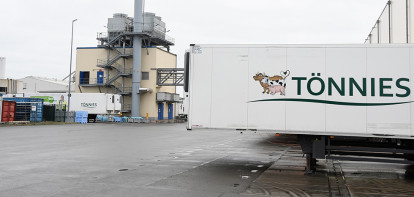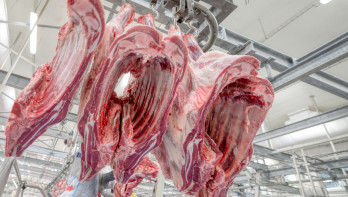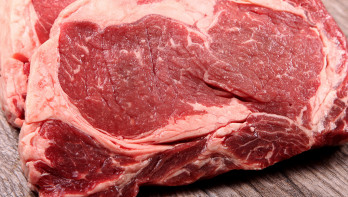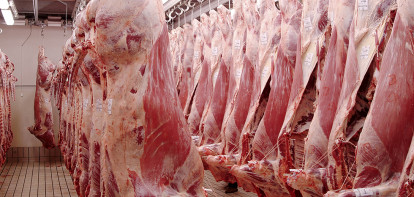Analysis Cattle & Beef
Irish slaughter dip likely temporary
The Irish beef market is in a strong position in 2024. Due to high prices, the slaughter rate was high until the spring of 2024. Since prices dropped in May, the number of slaughters has decreased significantly. The market expects the slaughter rate to recover in the short term, although peaks from earlier this year seem unlikely.
The Irish agricultural media has been talking about the high cattle supply since spring. Due to, among other things, an exceptionally high European demand for beef, Irish beef prices were at record levels in early 2024. In addition, the slaughter rate was higher as the Irish government reduces the livestock to lower the nitrogen emissions in the country.
These factors resulted in some significant peaks in the slaughter rate. In 2023, the Irish slaughter rate was around 30,000 cattle per week for most of the year. In 2024, the market was less stable, and the slaughter rate rose towards 34,000 and 40,000 per week. Until week 18 (end of April), the slaughter rate was consistently higher than the previous year. In that week, the difference between the slaughter rates of 2023 and 2024 was 19,670. At that time, the percentage was 3.2% higher.
By now, the slaughter rate has significantly dropped below the level of 2023. The last five weeks saw significantly fewer cattle slaughtered than in 2023. In week 24 (mid-June), a total of just under 812,600 cattle were slaughtered. A year earlier, the slaughter rate was 801,060 cattle. The latest slaughter data shows that the slaughter rate is higher by 11,584 cattle, about 1.4% more than the previous year.
Ultimately, the current lower slaughter rate is mainly the result of market dynamics. The slaughter rate dropped below the 2023 average when Irish beef prices began to decline. On May 11, the Irish beef steer price was at a record high. Subsequently, the price dropped by 9 cents until May 25. As a result, the supply immediately came under pressure.
Unlike pig and poultry farmers, beef cattle farmers have quite a bit of flexibility to slaughter cattle earlier or later. Depending on market conditions, slaughter cattle are typically slaughtered between 24 and thirty months of age. The fact that cattle farmers are waiting now that prices are lower is evident from data from the Irish Meat Commission. In 2023, the country had about 112,000 slaughter-ready beef cattle. The expectation is that slaughter rates will increase by 16.7%. According to the Meat Commission, Ireland had 130,000 cattle aged between 24 and thirty months in May. The expectation is that the additional supply will be available fairly quickly. Market data shows that slaughter prices have been rising again for roughly two weeks.
Dairy cattle slaughter likely not to increase
Nevertheless, the peaks from earlier this year are unlikely to return. The slaughter of dairy cattle is unlikely to be as high as in the spring of 2024. Until June 1, 2% more dairy cattle were slaughtered. Due to unfavorable milk prices and high phosphate prices, it was attractive for dairy farmers in the spring to bring older, less productive dairy cattle to slaughter. Most of the older dairy cattle have now been slaughtered, and the milk price is much more favorable. Therefore, it is unlikely that additional dairy cattle will be slaughtered later this year. This will keep the pressure on the lower categories such as the sausage category and the P-category meat limited.




